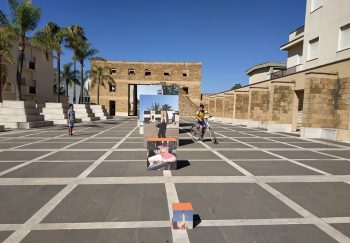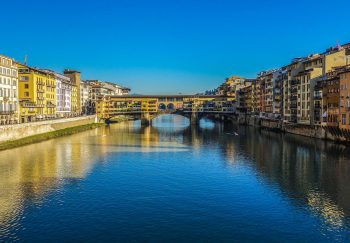You can still see portions of or entire walls in many cities that had defensive walls around them. The Aurelian Walls, which once surrounded the ancient city Rome, are perhaps the most famous and well-known.
In the 3rd Century C.E., the Aurelian Walls were constructed. They spanned 12 miles around the city’s boundaries. The boundaries of the walls include all seven Rome hills, the Trastevere neighborhood on right bank Tiber River, and the area called Campus Martius. This area would eventually become a populated part of the city. For example, the Campus Martius is home to the Pantheon.
Similar to other defensive city walls, Aurelian Walls were required when city rulers felt threatened by outside forces. The walls were ordered by Emperor Aurelian to protect his city from barbarian tribes from the north. It is not clear how successful the walls were in keeping out invaders. This was largely due to the fact that there were only a few soldiers who could patrol the vast fortifications. However, the Aurelian Walls served to protect and define Rome up to the 19th Century.
As the walls were being built, some existing structures were included into them. These include the Castel Sant’Angelo in the neighborhood and the Pyramid of Cestius located in the Testaccio neighbourhood. Despite their age, much of the wall remains and is well-preserved. About two-thirds (or more) of the walls can still be seen today, either in part or in full.
The Museo delle Mura is located near the Porta San Sebastiano, one of the access points built into the city walls. The museum will give you a better understanding of the sights you see when you are walking through the city by yourself. To get a deeper understanding of the Aurelian Walls’ significance, you can book a Rome history tour.
Most people are familiar with the Aurelian walls boundary. Taxi drivers use it to determine different fare levels. The PDF on Comune di Roma lists the fares according to whether your destination is within or outside of the Aurelian Walls. There’s also a map at end. The second page can be viewed in English. Contact the hotel if you are unsure of the location of your hotel relative to the walls.
There are some Rome tours that include the Aurelian walls.
These affiliate links will take you to the website of my partner, but you won’t be charged any extra.
-
Rome Sightseeing on Vespa and Food Tasting Walking Tour -
Bike Tour: Appian Road and Aqueducts park -
Private Kids Tour to Rome Upon the Walls & Undergrounds -
The Appia Antica










